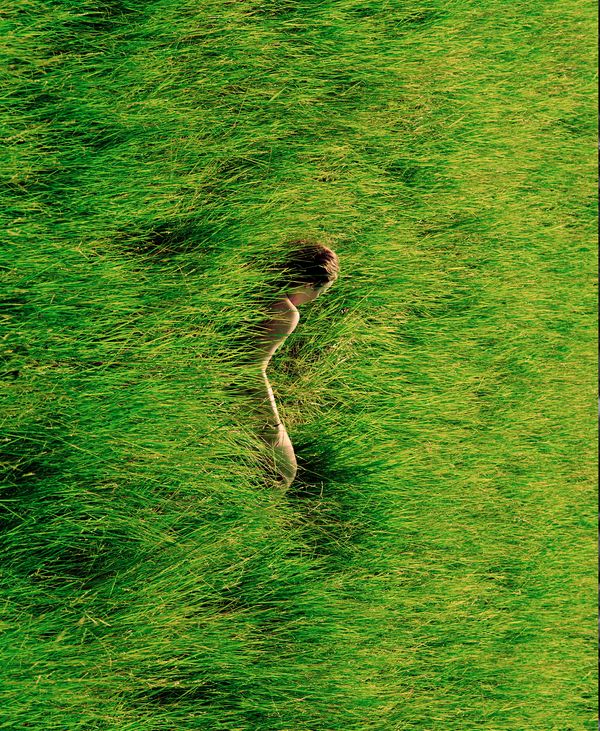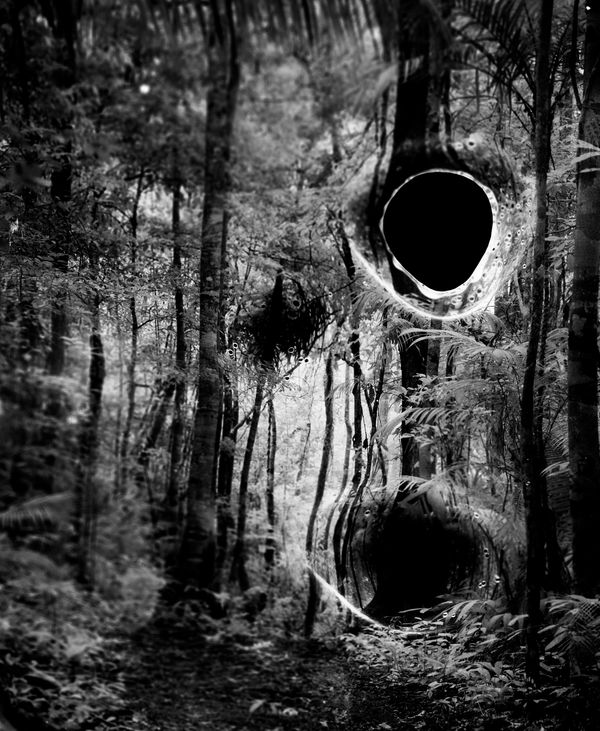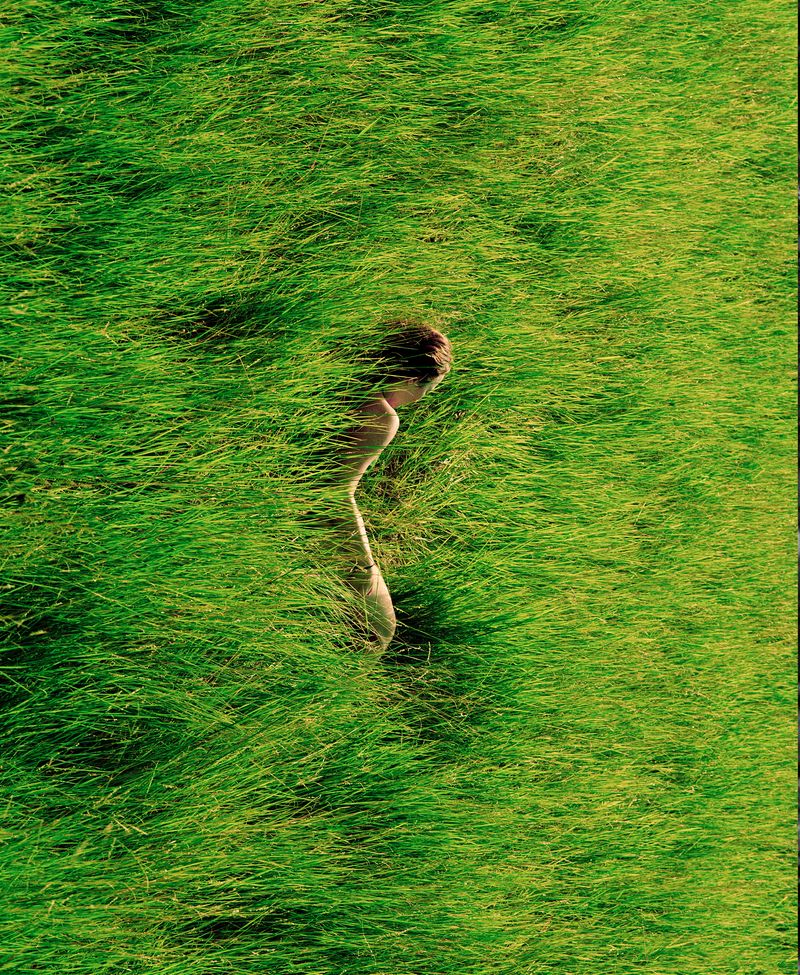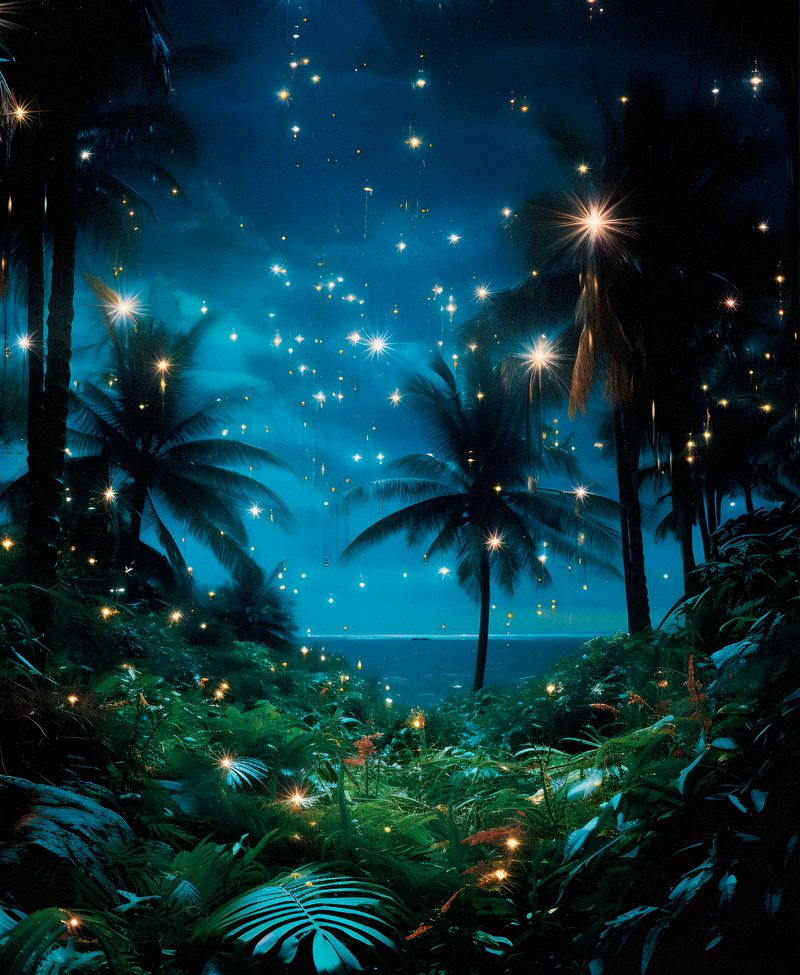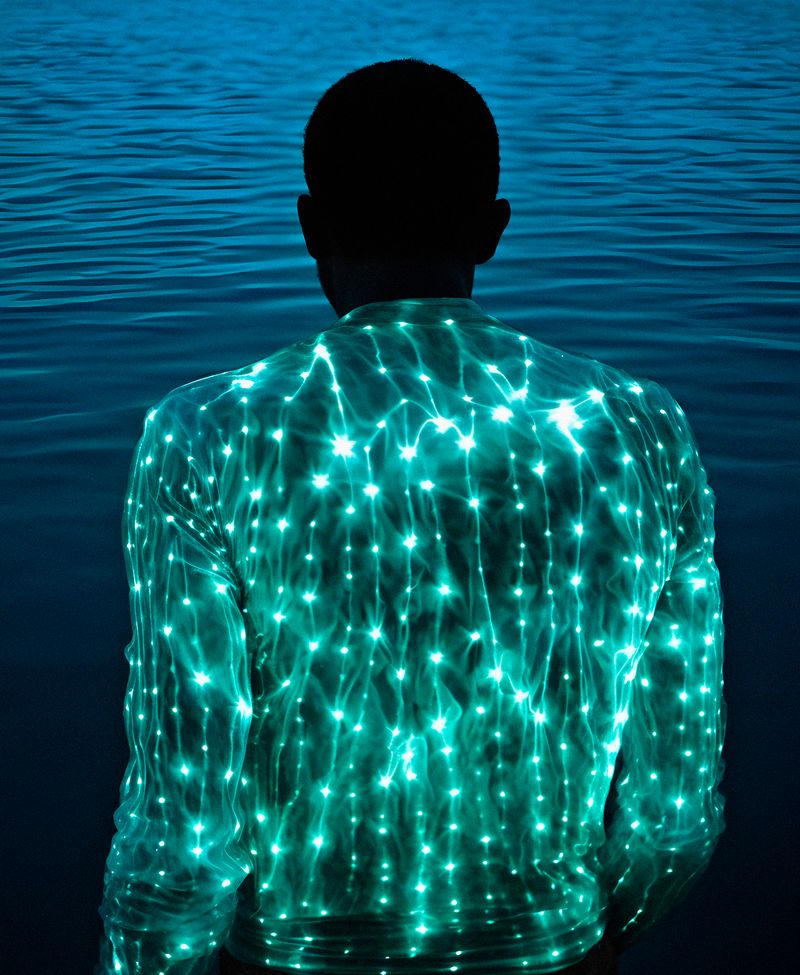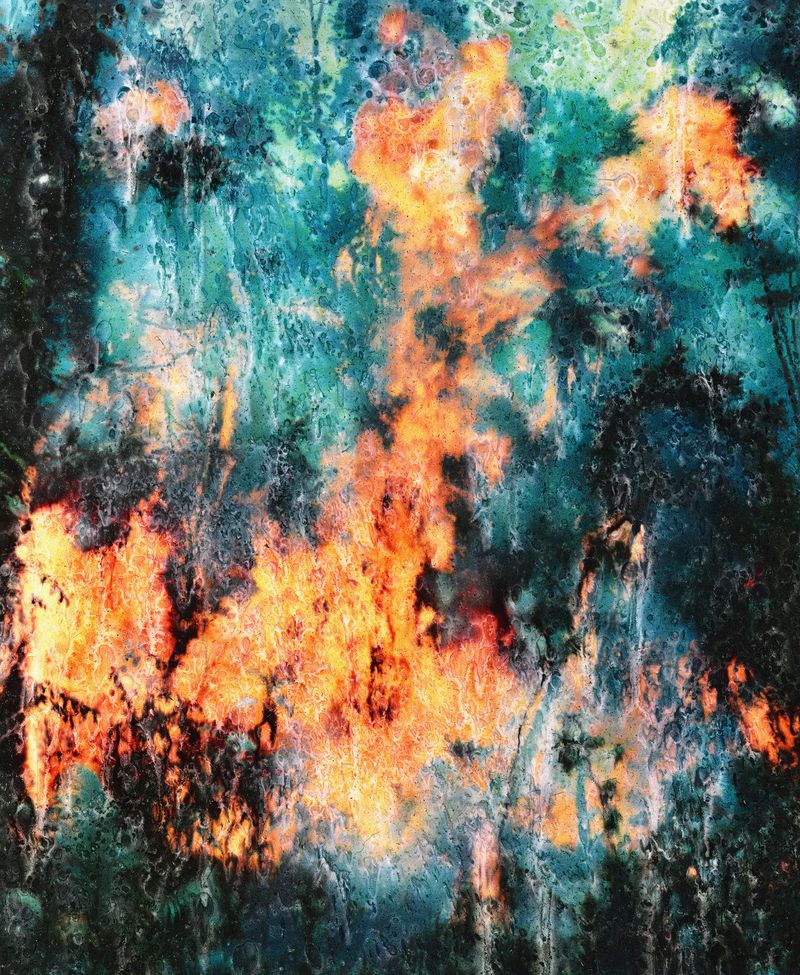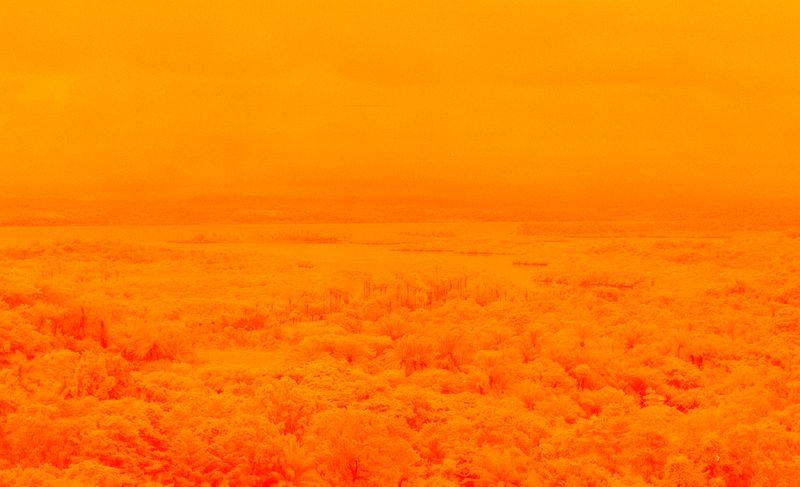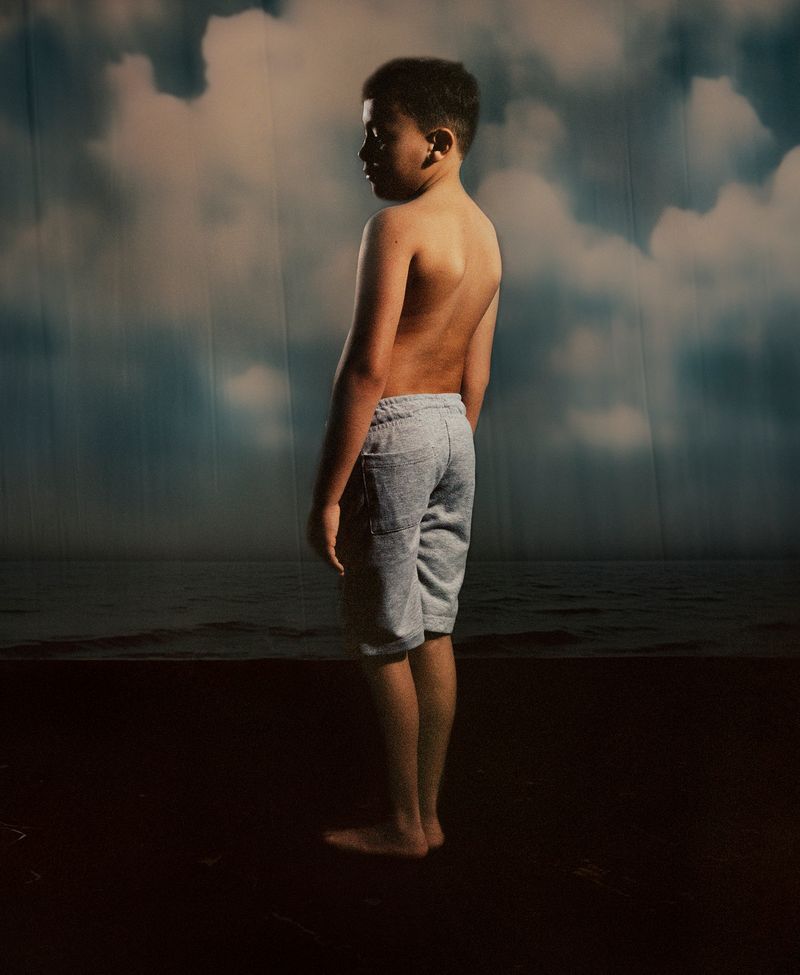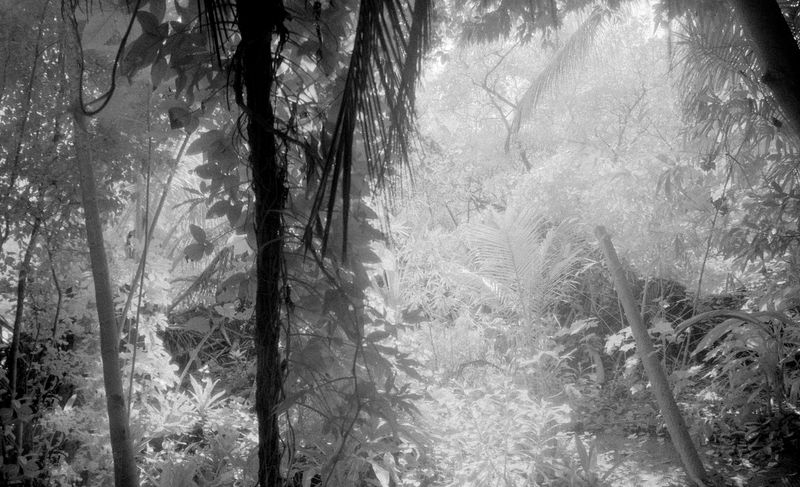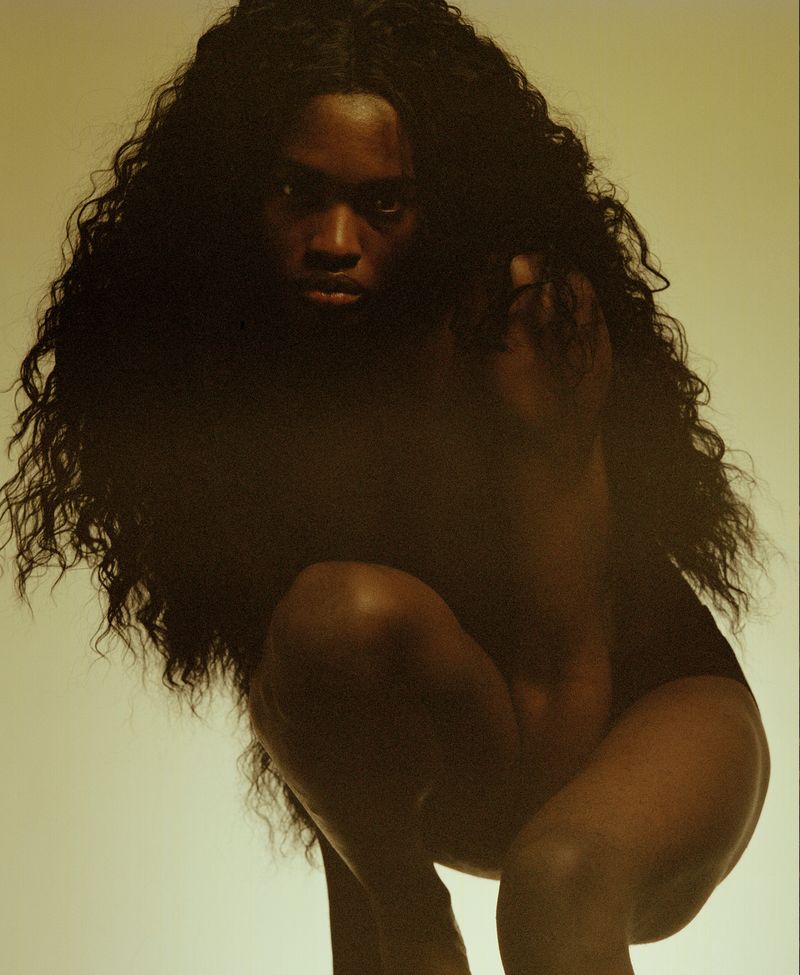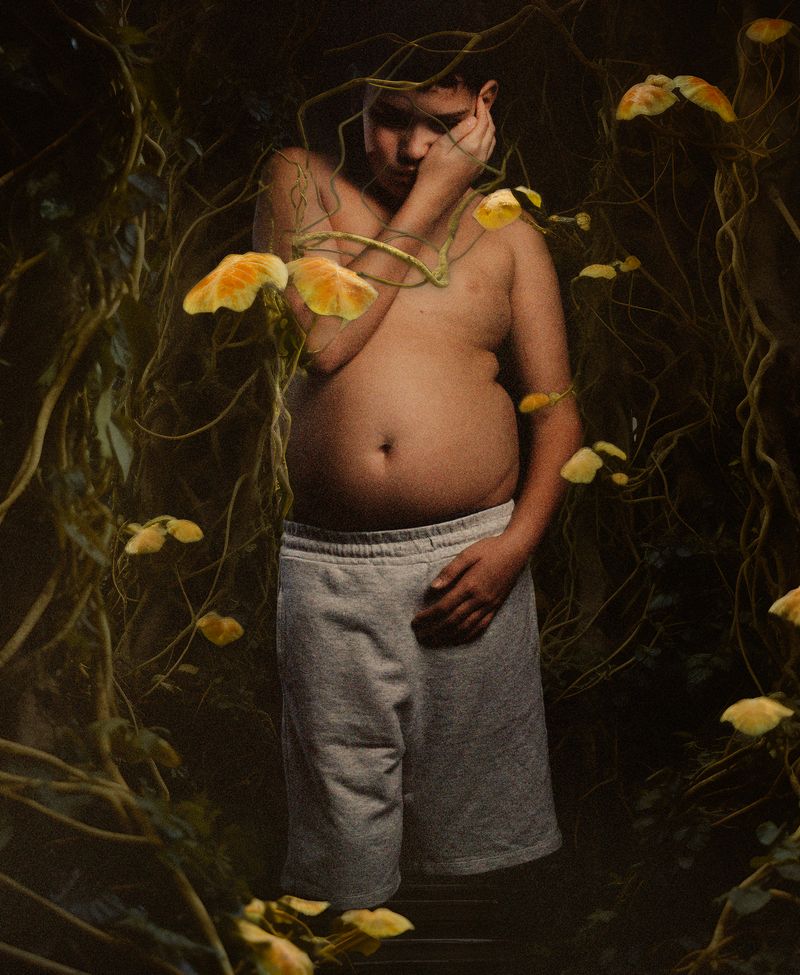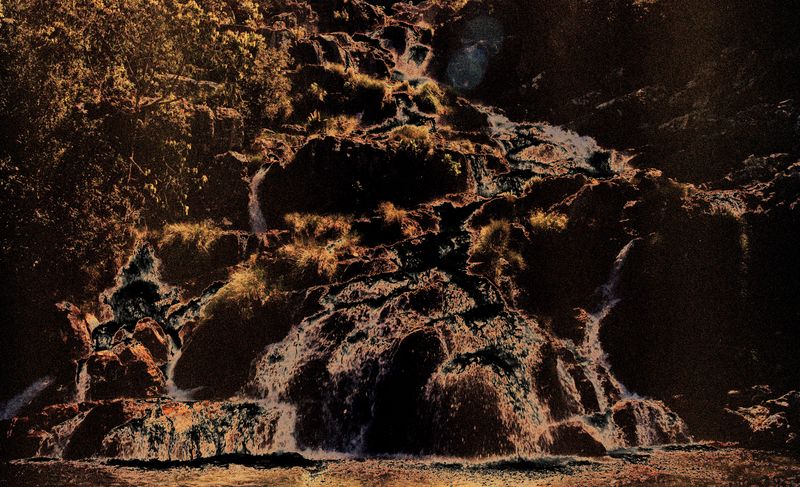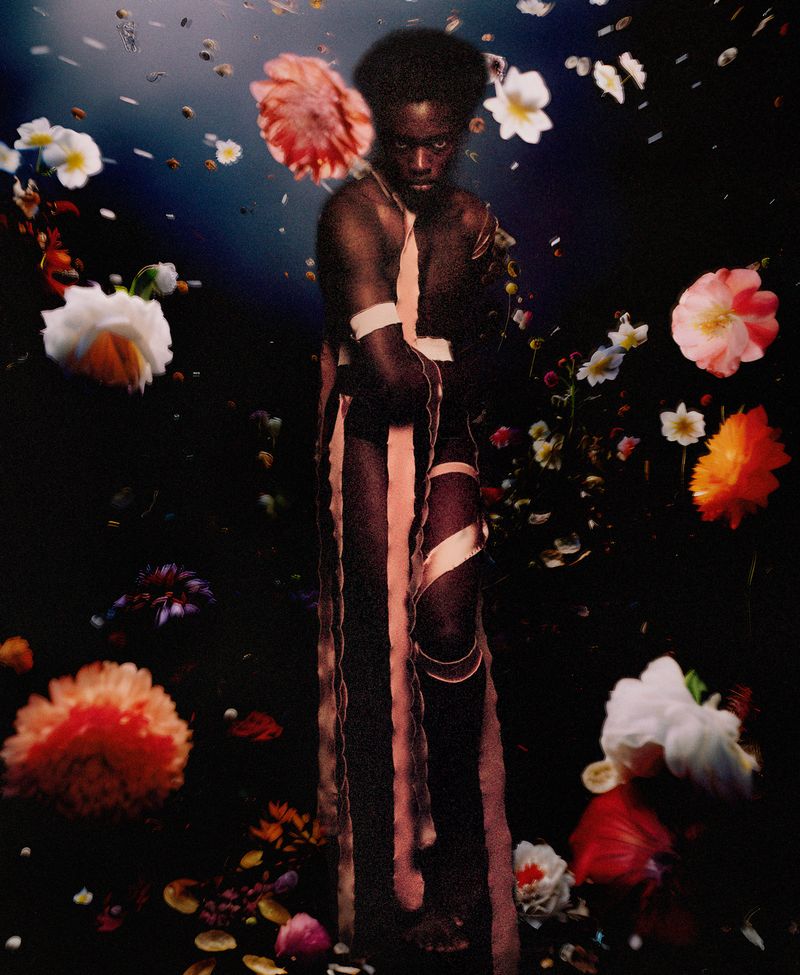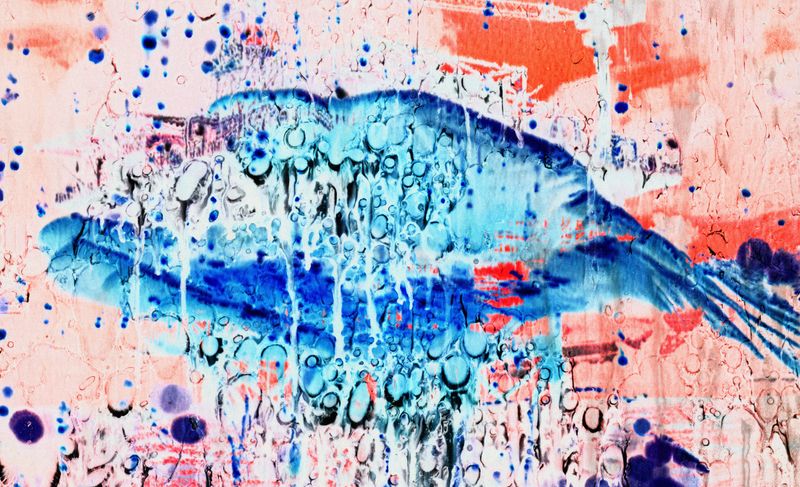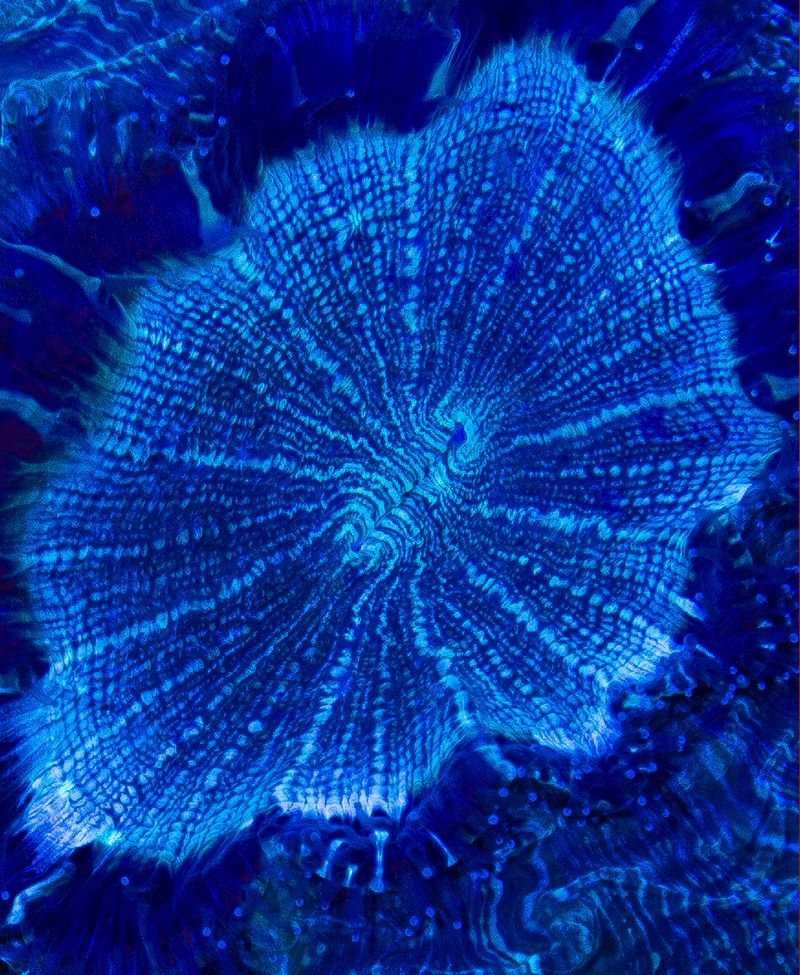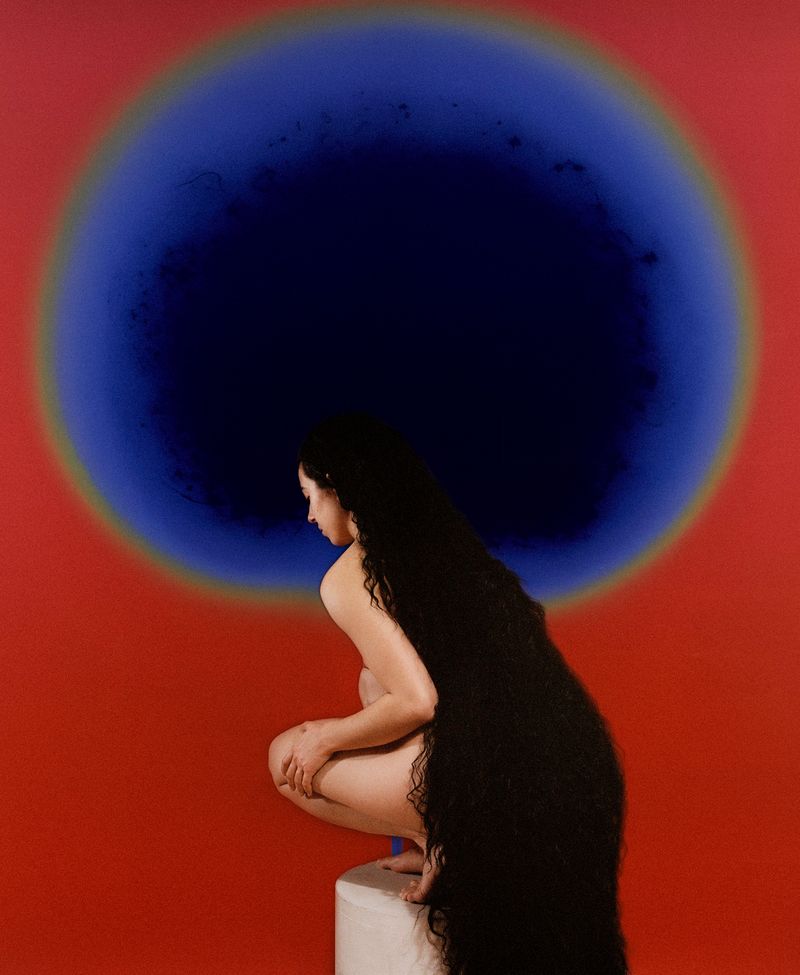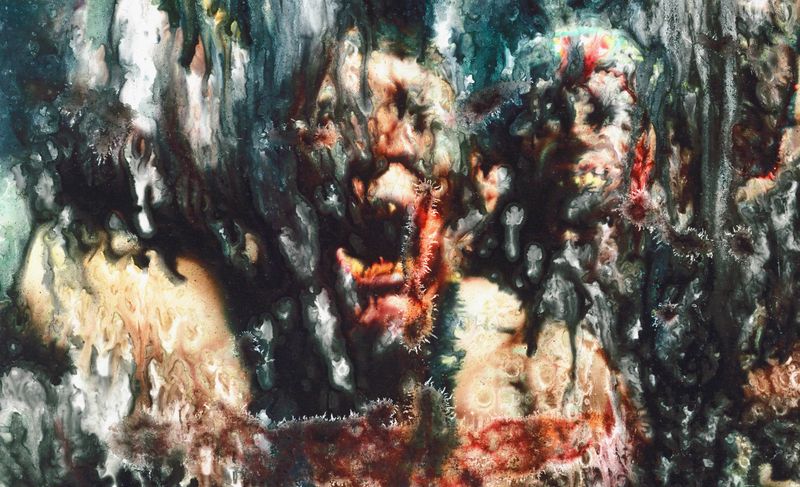Reverie Rebirth
-
Dates2024 - Ongoing
-
Author
- Locations Brazil, Switzerland
Reverie Rebirth explores reconnection with nature through psilocybin, blending photography, AI, and experimentation. It questions our separation from the living world and its preservation, offering a reflection on ecology, memory and healing.
«Reverie Rebirth» is the result of my final diploma project at ECAL. This work intertwines ecological reflection, artistic experimentation, and personal exploration, questioning the separations that distance us from nature and the possible paths to reconnect with it. Inspired by journeys to my homeland, Brazil, this project delves into the transformative power of psilocybin, where hallucinogenic experiences served as a gateway to reconnect with nature and heal inner conflicts.
These altered states of consciousness acted as revelations, bringing me back to a childlike innocence where I found solutions to my torments. Through this prism, reconciliation with myself and nature was revealed, and each experience became an invitation to rediscover the elements of the natural world.
The Orixás, Yemanja and Oxossi, spirits of nature from the Candomblé tradition appeared as both mystical and brutal encounters during these journeys, marked by silent yet powerful exchanges. Their ethereal presence guided my reflection on the necessity of balance between the material, natural, spiritual, and human realms.
After each psychedelic experience, the visions and inner dialogues with these deities were meticulously documented. With the aid of artificial intelligence, these visions were recreated and integrated into my photographs. These explorations allowed me to illustrate these exchanges, reconnect with my inner child, and develop a visual expression of this reconnection. They also gave me the opportunity to create self-portraits and visual narratives intertwining memories and reflections on my personal condition and that of nature.
In Chapada dos Veadeiros, in the state of Goiás, I encountered a Quilombola community, guardians of a vital ecosystem that shelters a significant aquifer. This water source sustains the Amazon, multiple Brazilian states, and even some Latin American countries, yet it is now under threat from agro-industrial expansion. This experience strengthened my commitment to the ecological cause.
From there, my work took on a more radical direction, returning to critical locations such as the Amazon rainforest and the Maraú Peninsula, facing threats on beach privatization. Following these photographic expeditions, I explored experimental techniques such as burning negatives and using infrared film to capture the fragility and vulnerable beauty of nature. The result is an alliance between dimensions often perceived as incompatible: the visible and the invisible, the ancient and the modern, the natural and the artificial.
Throughout this process, I deepened my use of artificial intelligence, generating symbolic images evoking wildfires, oil extraction, and mining. These images were printed in reverse and altered using alcohol and petroleum, substances that directly contribute to deforestation. The resulting works convey a poetic abstraction of ecological disaster. Various typologies were employed in this project, reflecting the fragmented imagery of psychedelic visions.
This project became a meditation on nature both sublime and fragile facing the irreversible impact of human activity. Reverie Rebirth questions not only the separation between humans and nature but also the efforts required to restore a connection with it. By exploring the boundaries between humanity and its environment, this project invites viewers to reflect on the fragility of our world and how natural medicine and art can serve as tools for awareness, healing, and reconnection.
Music played a central role in this process, acting as an emotional catalyst at times soothing, at times plunging me into a quiet yet necessary rage, essential to the act of creation. This project invites the viewer to embark on a sensory experience where music and poetry convey messages I could not express otherwise. A playlist has therefore been created, and you will find the Spotify barcode below.

